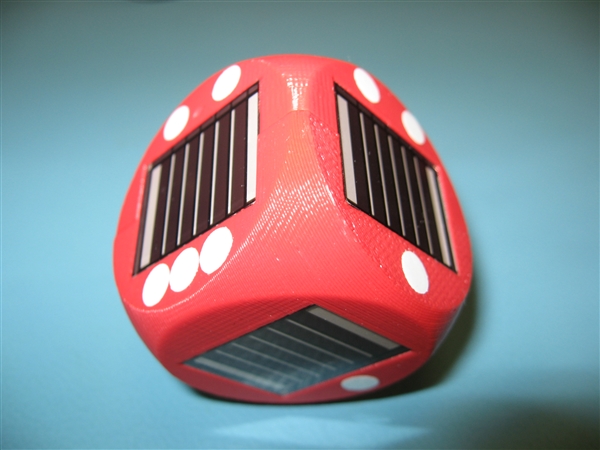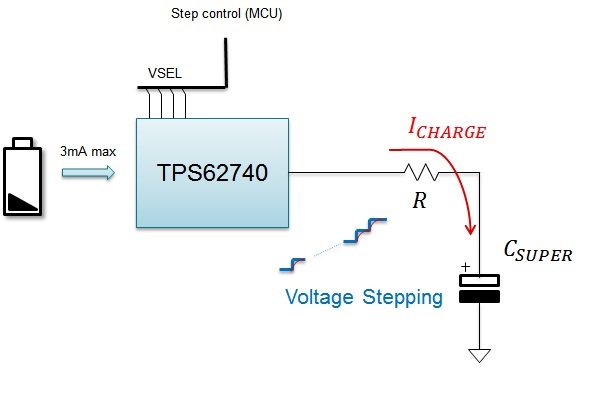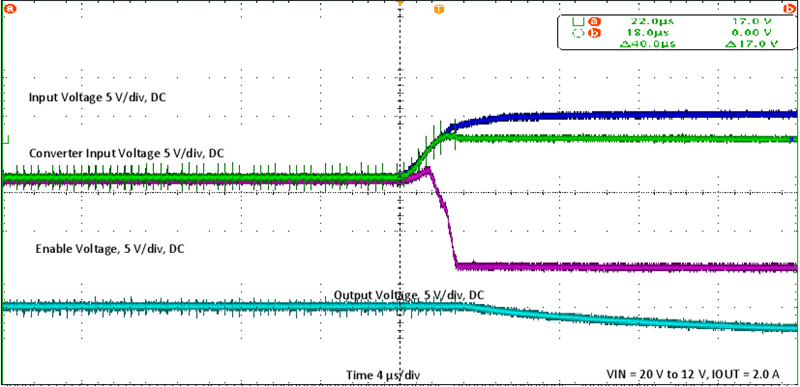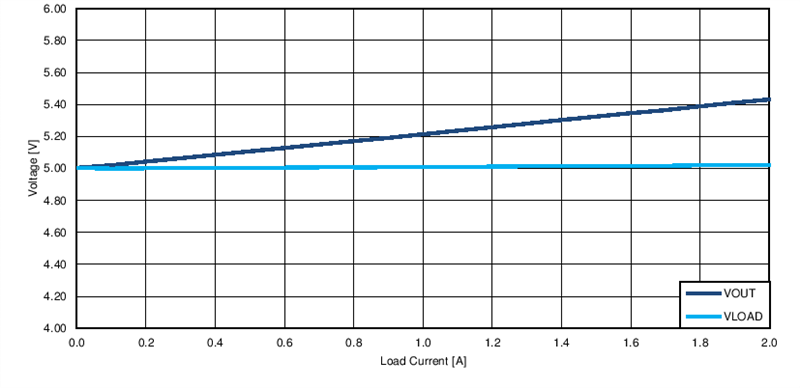SSZTBI9 march 2016 TPS62740
- 1
-
2
- 3
- No. 1: Solar Dice: A Sensor Node in the Internet of Things (IoT) Reference Design
- No. 2: Energy Buffering for Long-Life Battery Applications Reference Design
- No. 3: Step-Down Converter with Input Overvoltage Protection Reference Design
- No. 4: Step-Down Converter with Cable Voltage Drop Compensation Reference Design

With the upcoming St. Patrick’s Day holiday March 17, many of you will literally wear green and figuratively look for your very own pot of gold – or at least good-luck charms like horseshoes and four-leaf clovers. Add a silly green hat with a shiny gold buckle and a green beer, and you’ll be on your way to enjoying a fun holiday.
When you’re back in the office March 18, I hope that you won’t need luck to get through your next design, whether it is a connected Internet of Things (IoT) device or part of a car’s electronics. That’s because you can turn to a consistent and reliable resource: the TI Designs library and its 1,000+ proven, tested reference designs. Even if you don’t find a perfect match for what you’re designing, more than likely there are valuable considerations, examples and tidbits of information to find in the documentation of a related design. Here are four specific TI Designs that I think you can learn from.
No. 1: Solar Dice: A Sensor Node in the Internet of Things (IoT) Reference Design
Figure 1 shows the solar dice reference design. This particular dice uses solar panels to harvest all of its energy, which then powers a CC430 wireless microcontroller (MCU) and accelerometer. With every roll, the dice itself determines which side is up and wirelessly transmits this data to your computer. While there is no battery included, it is very easy to replace the solar panels with a battery or a different energy harvester such as thermal or piezo. The same ultra-low power TPS62740 type solution used in the solar dice is a good match to many harvesters. If you replace the accelerometer with a different sensor, you can measure vibration, pressure, temperature and so on. This reference design makes possible an infinite number of sensor nodes for every conceivable IoT application.
 Figure 1 The Solar Dice Is an Example of an IoT Sensor Node
Figure 1 The Solar Dice Is an Example of an IoT Sensor NodeNo. 2: Energy Buffering for Long-Life Battery Applications Reference Design
A common challenge in smart meters is that they must operate for a very long time: more than 10 years without any maintenance from a technician. Super-high-capacity primary battery chemistries obtain such long operating times, but these batteries cannot deliver the high peak powers required for wirelessly transmitting data back to the utility.
Figure 2 shows the block diagram of this reference design’s power-management circuit, which delivers both long operating life and the required peak power. The energy-buffering concept presented is applicable to any type of power-limited source, including solar panels and 4-20mA current loops.
 Figure 2 The PMP9753 Delivers High Peak Power from Power-limited Sources through Energy Buffering
Figure 2 The PMP9753 Delivers High Peak Power from Power-limited Sources through Energy BufferingNo. 3: Step-Down Converter with Input Overvoltage Protection Reference Design
Various electronic devices require protection against an input overvoltage. Sometimes this is the user’s fault (when the wrong voltage adapter is connected) but other times, it is the normal operation of the system (the extreme voltage excursions on an automobile’s battery, for example). This reference design demonstrates a simple overvoltage protection circuit that protects the downstream supply line from a voltage excursion on the system’s input terminals. Figure 3 shows the circuit in action – clamping the integrated circuit’s (IC) supply voltage (shown in green) when the system’s input voltage (shown in dark blue) goes outside the safe operating area.
 Figure 3 The PMP9757 Clamps an Overvoltage to Protect the IC
Figure 3 The PMP9757 Clamps an Overvoltage to Protect the ICNo. 4: Step-Down Converter with Cable Voltage Drop Compensation Reference Design
Many systems require a precise voltage to operate well or within a universal standard. For example, a processor’s supply voltage varies due to voltage drops across printed circuit board (PCB) traces, while the voltage at the USB port in the back seat of your car varies based on the length of wire from the electronics box to that USB port. The voltage at the load is important, while the power supply’s output voltage is unimportant. Voltage drops across fixed resistances are a key contributor to the voltage difference between the power supply’s output and the load. This difference must be compensated for to provide a regulated voltage at the load. Figure 4 shows measured data from this reference design, which easily compensates for voltage drops and provides a regulated voltage at the load (VLOAD).
 Figure 4 The PMP9756 Provides a Regulated Load Voltage at the End of Any Cable Length
Figure 4 The PMP9756 Provides a Regulated Load Voltage at the End of Any Cable LengthFour reference designs complete a four-leaf clover. Did you find a pot of gold, or at least a bit of useful information for your next design?